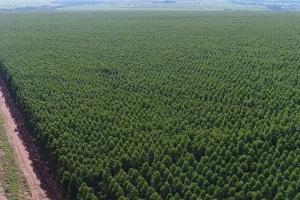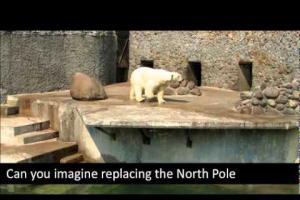In the past two years, tree plantation initiatives aimed at generating carbon credits have doubled. Whether as large monocultures or as nicely sounding projects with grassroots communities, tree plantations for carbon offsetting are neither a solution to the climate chaos nor beneficial to rural communities in the Global South.
Aotearoa / New Zealand
Bulletin articles
19 December 2023
Other information
23 December 2013
The Trans-Pacific Partnership (TPP) is a highly secretive and expansive free trade agreement between the United States and twelve Pacific Rim countries, including Canada, Mexico, New Zealand and Australia. Leaked text reveals that the TPP would empower corporations to directly sue governments in private and non-transparent trade tribunals over laws and policies that corporations allege reduce their profits.
Legislation designed to address climate change, curb fossil fuel expansion and reduce air pollution could all be subject to attack by corporations as a result of TPP.
Other information
1 August 2008
WRM information sheets on GE tree research
First posted: 1 August 2008
Updated: 15 August 2008
Updated 7 August 2009
Last update August 2014
Tree species being manipulated:
Bulletin articles
3 January 2008
Since 2003, New Zealand's Scion has been carrying out a field trial planting of genetically engineered (GE) Radiata pine and Norway spruce trees at its research facilities in Rotorua. The GE trees contain reporter genes, herbicide resistance genes and genes which according to Scion are "thought to affect floral development". The trial is planned to last 22 years, although none of the trees will be left in the ground for more than 10 years.
Bulletin articles
17 October 2007
In August 2007, ArborGen signed an agreement which brings the company's aim of being "the pre-eminent player in the global development and marketing of bio-engineered trees to the forestry industry" another dangerous step closer to reality.
Bulletin articles
17 September 2007
Indigenous Peoples have achieved a major victory at the United Nations level. After more than 20 years of negotiations, on September 13 the United Nations General Assembly finally adopted the United Nations Declaration on the Rights of Indigenous Peoples.
Bulletin articles
7 April 2006
The New Zealand Institute of Forestry is organizing its 2006 conference under the title of “absolutely positively forests”. Although the title is open to discussion about its true –and probably very profound- meaning, our understanding is that it could either mean that the meeting will: 1) be absolutely and positively focused on forests or 2) will try to convince everyone that Radiata pine plantations are absolutely and positively forests.
Bulletin articles
26 November 2004
GM trees are not a result of evolution. They are the result of decisions taken at institutional and corporate levels for their development and deployment. Companies, research institutions and universities work together closely on this. Companies fund university research departments, and influence what type of research is carried out.
Bulletin articles
26 November 2004
Plant pollination takes place in different ways. One way is done by bees, butterflies, humming birds and bats. Another type of pollination is caused by wind blowing through plants that have their reproductive cells in open flowers. This happens with coniferous trees (for example, pines). For fecundation to be effective, these trees have to produce an enormous amount of pollen that the wind blows away and distributes, passing it from plant to plant and covering great distances.
Other information
31 July 2003
Two tiny moths are at the centre of a social and environmental confrontation in New Zealand. In West Auckland, people and the environment are being subjected to aerial spraying with dangerous chemicals to protect pine plantations against the attack of the painted apple moth (Teia anartoides). In South Auckland, eucalyptus plantations are under attack from the gum-leaf skeletoniser (Uraba lugens) and it is yet unknown if chemical control will be used there.




